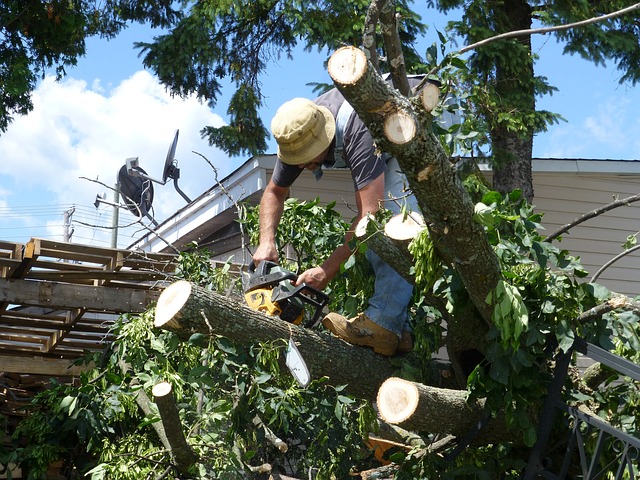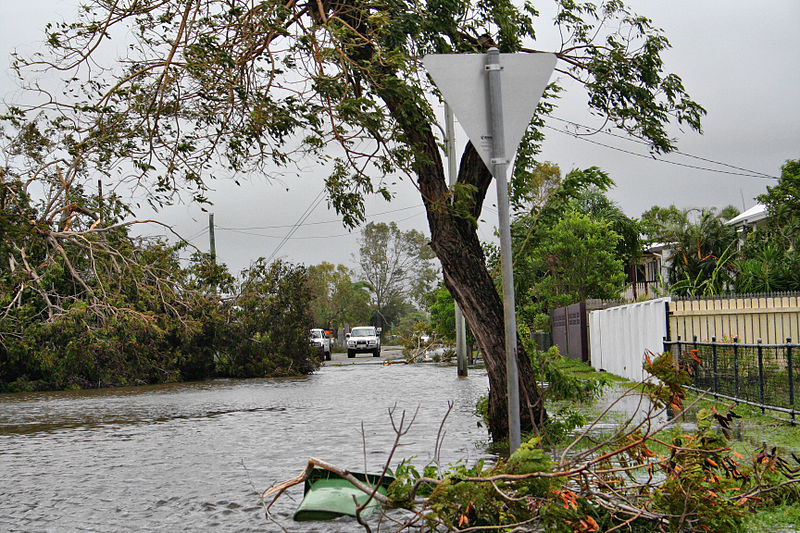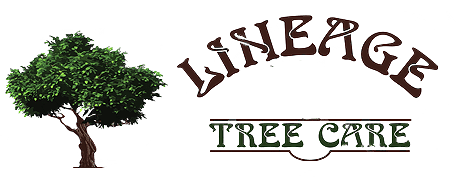With these are winter storms whipping up around the Puget Sound we’ve been getting a lot of calls from homeowners about downed trees, broken branches, and dangerous situations, but how can you assess if a situation is dangerous on your own property?
I know you probably don’t want to run out and call a tree removal specialist every time you have an inkling there could be something wrong with the tree on your property, so assessing it yourself ahead of time is usually the best way to determine whether or not you need a professional. Here are some ways to assess storm-damaged trees and whether or not they need to be removed professionally or at all.
![]()
#1. Consider the species and the age of the tree.
If you have no idea how old some trees are in your backyard, I’m not saying cut them down and count the rings, but by identifying certain tree species and considering the trees age, you can determine whether or not it might be a hazard during a strong wind. Trees are usually described as either being strong wooded or weak wooded. Fast-growing trees like a lot of light and can grow very quickly, which means that there would might not be as strong, hence, branches may break more easily in certain conditions. They may also not live as long and get decay more quickly. Simply by knowing the species of tree you can assess its age and structural integrity.
The younger the tree the easier it will be to repair damage and expect a full recovery. Younger trees can sway a little more easily instead of breaking off in heavy winds. Older, more mature trees at a loss larger limbs can take longer to repair.
Schedule an Assessment

#2. Consider Root Damage.
Strong winds not only affect the trunk and the limbs but can be damaging to the roots themselves. This usually occurs below the ground in the root system and are usually not visible for careful examination. But knowing what signs to look for when assessing tree root damage is important. If a tree has been leaning for some time it’s probably developed its own equilibrium and has increase the weight of the branches on the upper side of the tree to self-correct. Chances are the roots of also adapted, but, if the tree has started to lean just in the last couple of years, this could be signs of underground damage. Any major changes to the angle of a leaning tree could create some damage during a storm. When a tree is leaning but the trunk appear straight with no correction, it’s most likely a recent occurrence. There could be amounting of soil on one side of the base and combined with high winds, this could be a high risk of failure. Especially if you have seen the ground on one side, opposite of the lien, start to swell. Don’t try to keep the tree in place as they will never develop sufficient enough routes to reliably support the structure.

#3. Consider the trunk.
This is the primary stem between the roots and the foliage above. It’s the conductor of water and nutrients and making sure it is fit is the key to a strong and beautiful tree. Look for cracked trunks or branches, splits in the main branch lines, or damaged stems. The storm direction and physical protection of the tree can be damaged in a lot of different ways such as a twisted wood spiraling around the trunk, torn or damaged bark, or broken branches. Even in smaller trees that look like they can recover, they may have a weakened internal structure that could affect their validity in future storms.
#4. Consider the crown.
Broken limbs can be serious because they require pruning to reduce the overall well-being of the tree in general. Loss of the upper crown needs to be assessed as the distribution of the remaining branches may never recover in a way to restore the tree to its acceptable form. [Source]
If you are unsure about the validity and the structural integrity of any tree on your property don’t hesitate to give us a call. We can offer an assessment and see where we might be able to either save the tree or remove it completely for the well-being of people, pets, and buildings.
Schedule an Assessment
Image by Rob and Stephanie Levy from Townsville, Australia [CC BY 2.0 (https://creativecommons.org/licenses/by/2.0)], via Wikimedia Commons
